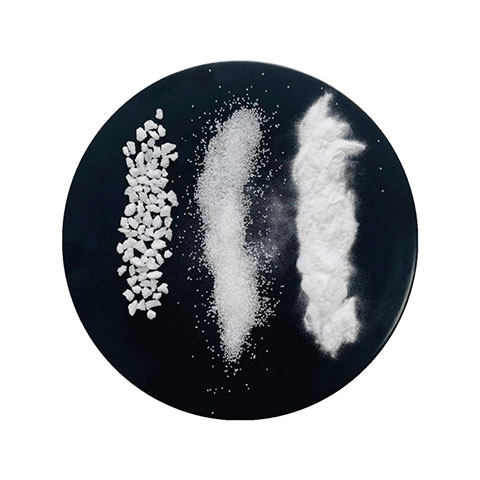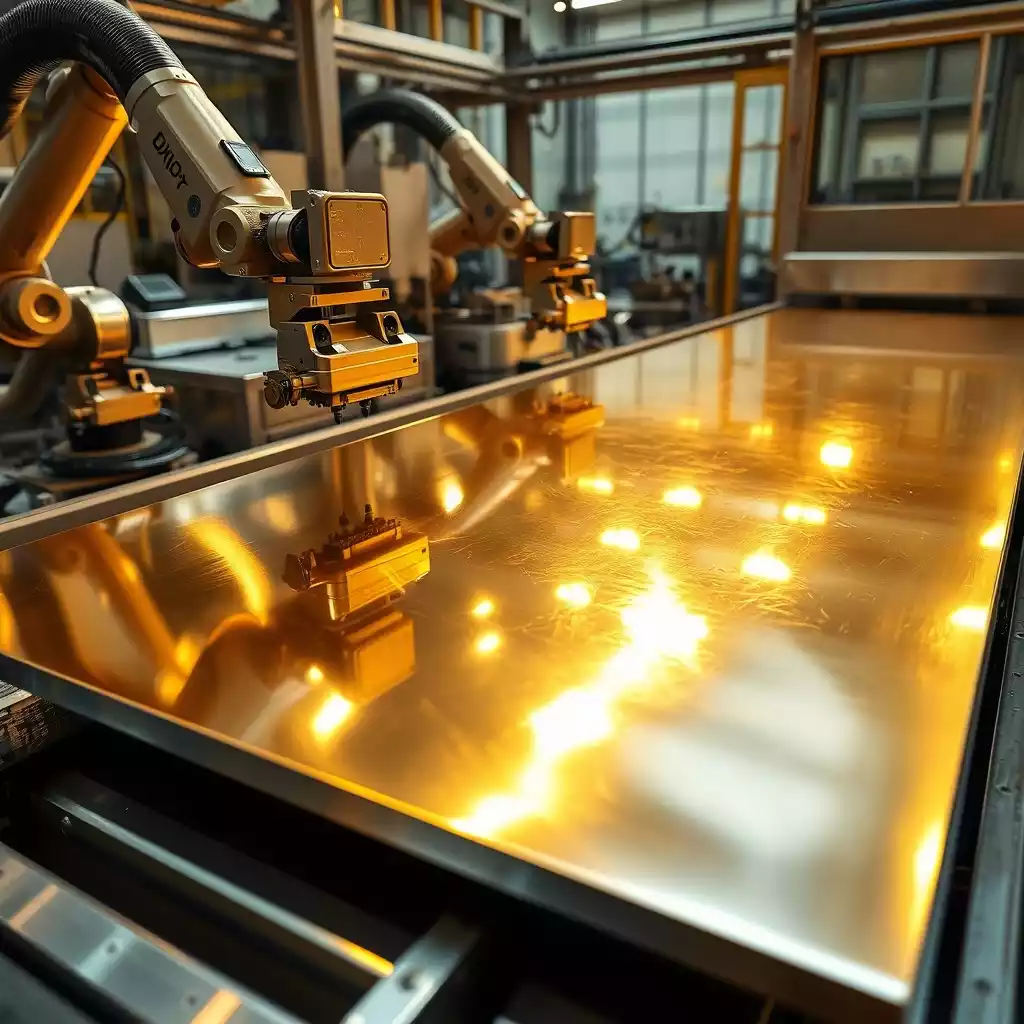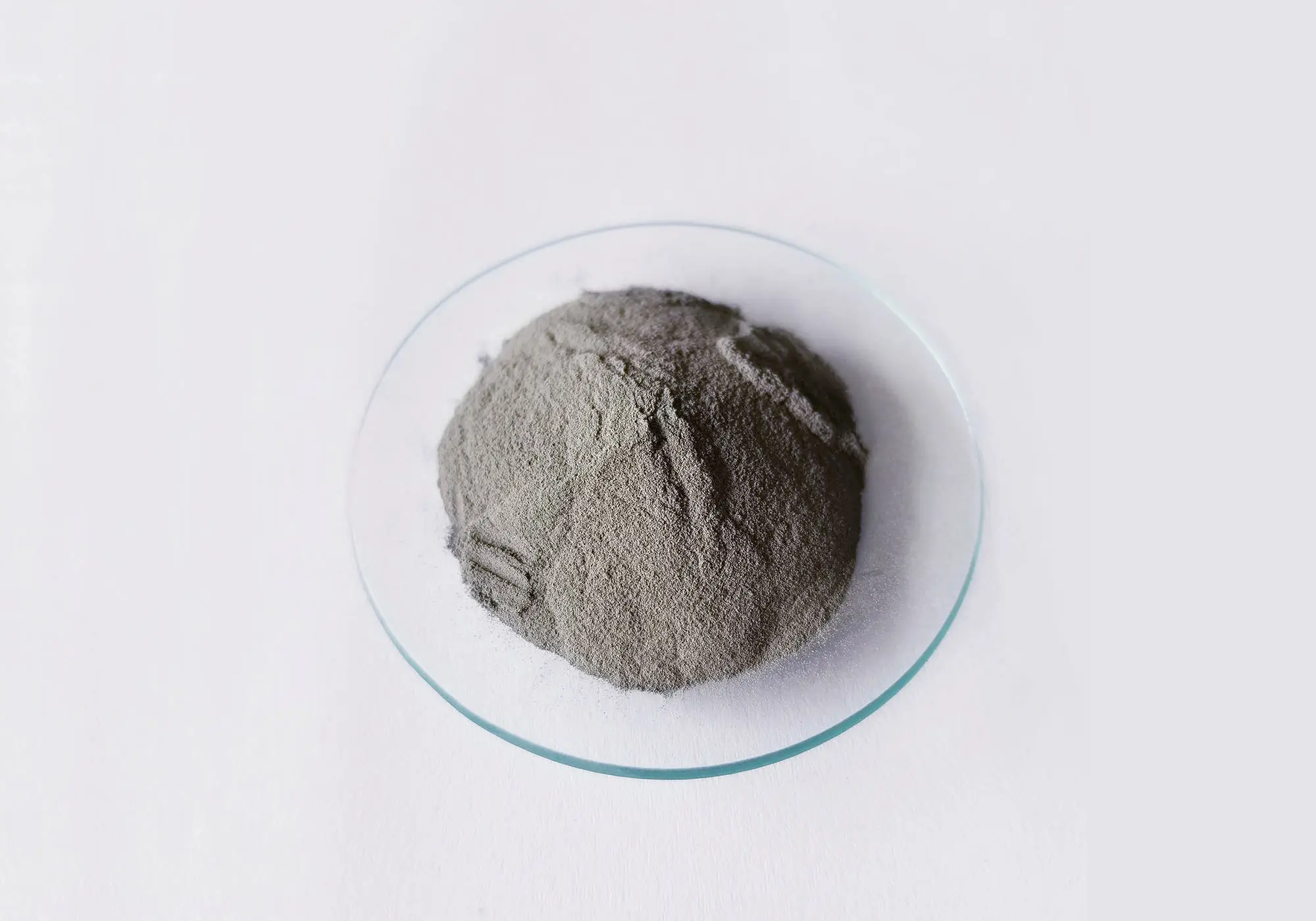![]()

What is Tabular Alumina?
Tabular alumina is a high-quality, resilient material essential to industries that operate in extreme conditions. Produced through a specialized sintering process, this form of aluminum oxide (Al₂O₃) is recognized for its low porosity, density, and strength, making it an ideal choice for industries such as refractories, abrasives, and chemical processing. This guide dives into the properties, applications, and manufacturing process of tabular alumina, illustrating why it is invaluable across multiple sectors.
Table of Contents
Introduction to Tabular Alumina
If you’re asking, “What is Tabular Alumina?” you’re likely aware of its high importance in heavy-duty applications. Tabular alumina is a synthetic form of aluminum oxide created by sintering to form a highly stable, dense structure. This article unpacks why this engineered material is essential for industries worldwide, from chemical processing to abrasives and refractories.
For more on abrasive and refractory materials, explore our range.
Image:
High-purity raw materials for industrial applications.
Properties and Characteristics of Tabular Alumina
The qualities of tabular alumina make it a preferred material in industries that require robust, consistent performance. Here are the core properties that set it apart:
| Property | Description |
|---|---|
| High Density | Dense, crystalline structure offers exceptional durability and mechanical resistance. |
| Thermal Stability | Maintains structure at extreme temperatures, making it ideal for refractory uses. |
| Abrasion Resistance | Withstands abrasive wear, key for polishing and surface treatments. |
| Low Porosity | Reduces moisture absorption, enhancing strength and resilience. |
| Chemical Inertness | Stable in acidic and basic environments, suited for chemical processing applications. |
Explore our full range of rare earth products and other chemical raw materials that enhance industrial efficiency.
Industrial Applications of Tabular Alumina
- Refractory Products
Known for withstanding high temperatures, tabular alumina is key in refractory bricks and monolithic refractories. Its dense structure reduces degradation in extreme conditions, which is invaluable in kilns, furnaces, and incinerators. - Abrasives and Polishing Agents
Due to its hardness and abrasion resistance, tabular alumina is widely used in surface treatments. Industries demanding high-quality surface finishes benefit from its strength and consistency. - Catalyst Support in Chemical Processing
Low porosity and chemical inertness make tabular alumina an ideal support for catalysts, enhancing stability and performance in chemical reactions. - Protective Coatings
Protective coatings containing tabular alumina are highly wear-resistant, crucial in environments with significant mechanical stress.
Image:
High-performance materials for abrasive and refractory applications.
Production Process of Tabular Alumina
Tabular alumina’s production process involves high-temperature sintering, where alumina powder is densified at around 1800°C, ensuring its exceptional durability. Here’s an overview of the stages involved:
- Calcination
Alumina powder is preheated to around 1000-1100°C to remove impurities. - Sintering
The calcined alumina is sintered at temperatures up to 1800°C to enhance density and stability by reducing porosity. - Crushing and Grading
Sintered alumina is crushed and sorted to meet specific industry standards for diverse applications.
This process enhances tabular alumina’s resistance to thermal shock, abrasion, and chemical corrosion, making it invaluable for demanding industrial use.
Differences Between Tabular Alumina and Other Refractory Materials
| Material | Description | Advantages | Limitations |
|---|---|---|---|
| Tabular Alumina | High-purity alumina with low porosity | Superior thermal stability and density | Higher production costs |
| Fused Alumina | Produced by melting bauxite | Dense and durable | Susceptible to thermal shock |
| Spinel (MgAl₂O₄) | Combination of alumina and magnesia | Good thermal stability, cost-effective | Not suitable for acidic environments |
Learn more about our high-quality tabular alumina for your high-temperature needs.
FAQs on Tabular Alumina
- What is Tabular Alumina used for?
Tabular alumina is used in high-temperature applications, including refractories, abrasives, catalysts, and protective coatings. - Why choose Tabular Alumina over Fused Alumina?
Tabular alumina’s dense structure and thermal stability provide superior performance in extreme environments compared to fused alumina. - How does Tabular Alumina differ from White Fused Alumina?
Tabular alumina is more stable for refractories, while white fused alumina is commonly applied in abrasive industries. - Where can I buy Tabular Alumina in bulk?
Visit Honrel’s product page for tabular alumina in bulk, ensuring you get the durability and consistency needed for industrial applications. - How is Tabular Alumina made?
It is produced through high-temperature sintering, creating a dense structure fit for industrial use.
Conclusion
With its unparalleled strength, thermal stability, and low porosity, tabular alumina is indispensable in industries that require durable, high-performance materials. Whether you’re looking to source materials for chemical processing, manufacturing, or abrasive production, Honrel provides a comprehensive selection of tabular alumina and other essential raw materials.
Explore our catalog at Honrel, where your industrial material needs are met with quality and reliability, streamlining your supply chain and saving you both time and cost.




